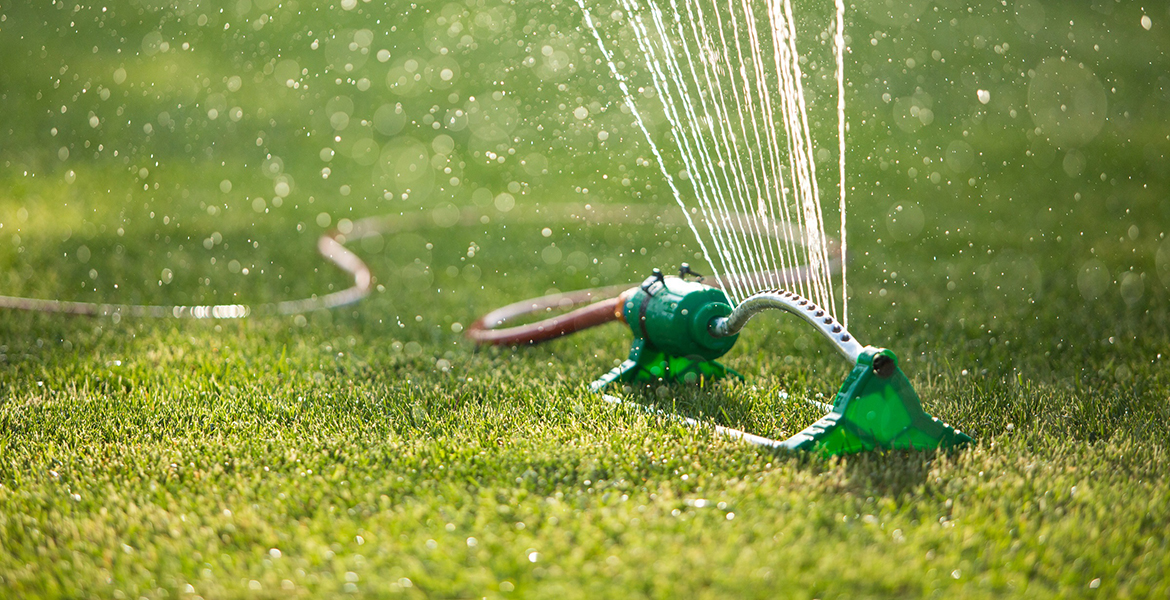
When the rain stops, gardeners will need to water landscapes
Wednesday, June 5, 2019
With the amount of rain Oklahoma has received in the last few weeks, watering the garden may be the last thing on a gardener’s mind.
However, the rain clouds will disappear, and the temperature will heat up and start drying things out soon enough. When this happens, it will be time to roll out the hose, turn on the sprinkler system or fill the watering can and get some much-needed moisture to your plants, said David Hillock, Oklahoma State University Cooperative Extension consumer horticulturist.
“It’s no secret plants need water in order to survive, but how much you water can make a big difference in plant health,” Hillock said. “It also can affect your pocketbook. To help gardeners keep their plants well hydrated, but also keep a little cash in their pockets, here are some tips on how to water properly.”
First, do not water every day. Instead, water deeply, but infrequently. Allowing the water to soak into the ground and letting the soil dry out between watering forces plants to produce strong, deep roots.
Add mulch to your flower bed, around trees and even in your containers. It helps retain moisture, prevents erosion, controls weeds and increases soil quality.
“Although it seems obvious, don’t water the hardscapes. Your driveway, sidewalk or the street won’t grow no matter how much water you give them,” he said. “Make sure your method of watering, whether it be an automated sprinkler system, or a sprinkler screwed onto the end of a hose, puts water only where it is needed.”
For those who do have an automated sprinkler system, it makes sense to install a rain sensor. This sensor will turn off the irrigation system during and immediately after a rain event.
If possible, avoid heavy pruning. Pruning stimulates growth and your plants will require more water. Also, keep in mind mature plants require less water. Mature plants and trees have deep root systems and can be watered less frequently.
“If you have a rain gauge, it’s likely you’ve had to empty it frequently this spring. Putting a rain gauge in the garden and the yard can help gardeners keep track of how much water is being disbursed,” Hillock said. “Typically, lawns require 1 inch of water per week to stay healthy. However, Oklahoma’s summer temperatures may require up to 2 inches per week to stay green in the heat of the summer.”
If you have rain gutters on your home, direct the downspouts into your garden or directly onto your lawn. This is free water.
For those who have a sprinkler system, make sure all the sprinkler heads are operational. Fix or replace any broken sprinkler heads, as well as any leaks. If you see a sudden spike in your water bill, or you have soggy or overgrown areas in the lawn, there may be a leak in the system.
“Keep in mind your garden and lawn will need less water in the fall/winter, so adjust your sprinkler system accordingly,” he said.
For more information on efficient watering practices, visit www.facts.okstate.edu and search for OSU Extension publication E-1038 A Guide to Saving Water in the Home Landscape.
MEDIA CONTACT: Trisha Gedon | Agricultural Communications Services | 405-744-3625 | trisha.gedon@okstate.edu
